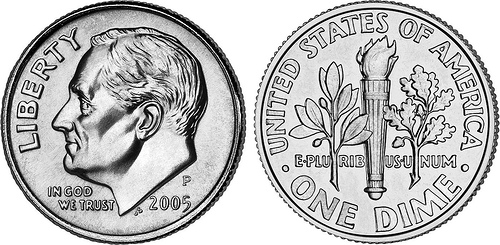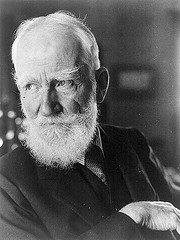On July 25, 1956, 14-year-old Linda Morgan was in her cabin on the Andrea Doria when it collided with the Stockholm in the North Atlantic. It was feared she had been killed in the disaster: She did not reach any rescue ship, and the Andrea Doria capsized and sank the next morning.
But then a strange story emerged. Shortly after the collision, a crewman on the Stockholm had heard a young girl calling for her mother from behind a bulwark. “I was on the Andrea Doria,” she told him. “Where am I now?”
Apparently the collision had flung her out of her bed and into the other ship. She suffered only a broken arm.




